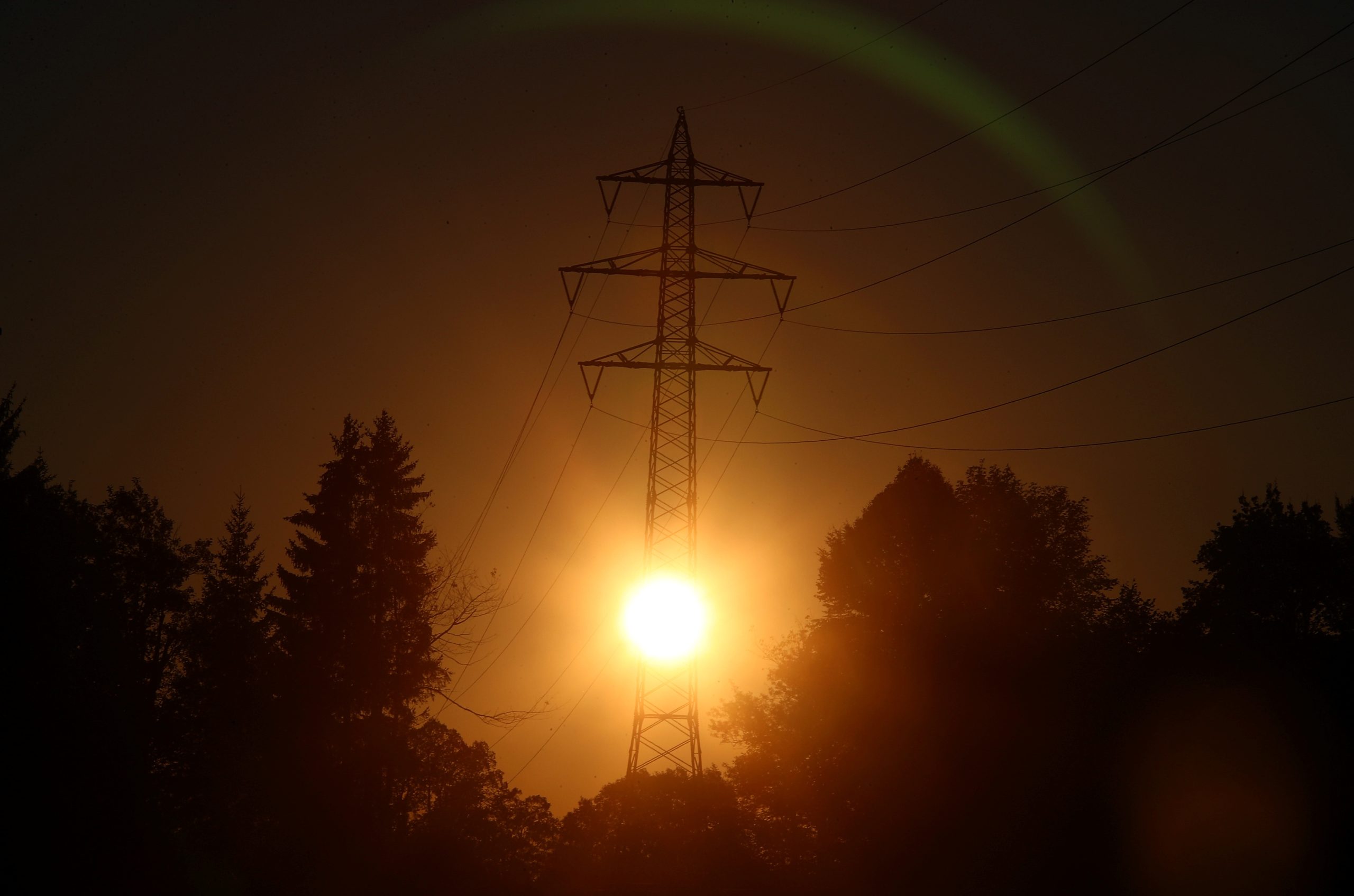
Matt Bush, FISM News
[elfsight_social_share_buttons id=”1″]
According to the National Energy Assistance Directors Association (NEADA), 20 million households, or one in six of all American homes, have fallen behind on their utility bills.
As August comes to an end and the intense heat continues, this is a dangerous trend for many people across the nation. Past due bills have caused some to lose power in their home in the middle of dangerous summer temperatures, and millions of others fear the same fate.
“Electricity prices are expected to increase significantly this summer as a result of rapidly rising natural gas prices, a primary feeder fuel for electricity, and a warmer summer creating additional demand for electricity,” the NEADA summer outlook revealed.
NEADA projected that summer cooling costs would go from $450 in 2021 to $540 in 2022, a 20% increase in cost. That is the largest increase in more than a decade.
Approximately 20 million homes in the U.S. (1 in 6) have fallen behind on their utility bills. The total overdue utility balance in the U.S., as of June 30, was $16 Billion. pic.twitter.com/xAYbobZlEC
— Barchart (@Barchart) August 24, 2022
According to Markets Insider, “there’s no signs that electricity prices will fall anytime soon as natural gas prices remain at elevated levels.”
The Consumer Price Index (CPI) for the month of July showed huge increases in total energy costs as well. The CPI showed energy costs up 32.9% year-over-year and natural gas costs up 30.5%. Consumers paid 15.2% more for electricity this past July than in July 2021.
To make matters worse, USA Today reports that “due to the pandemic, some states halted electricity disconnections. But those moratoriums ended earlier this year just as inflation was rising.”
Jean Su, a senior attorney at the Center for Biological Diversity, which tracks utility disconnections across the US, told Bloomberg that she “expects a tsunami of shutoffs.”
With millions of shutoffs potentially coming in the next few months, the ramifications to American families could be deadly. From 2017 to 2021, there were an average of 188 heat-related deaths across America, an increase of more than 100 per year over the previous five-year span.
Many legacy news outlets — staying true to their poorly veiled commitment to deflect accountability away from the policies of President Joe Biden and his Democratic allies — reported that Russia’s war in Ukraine was either the major cause or the only cause of energy increases. There is more to it than that.
Mark Wolfe, the Executive Director of NEADA, explained the real issue when he told Bloomberg that moratoriums are only stopgap measures that allow for further increase in the overdue balance. Once moratoriums are lifted, the sudden burden of compiled debt will be too heavy for many to lift.
“Inflation is hitting people pretty hard. Utilities are not set up to deal with the number of people who can’t pay their bills,” Wolfe said.
Naturally, the higher prices have hit lower-income Americans the hardest. NEADA reported that almost 40% of “low-income households” are behind in their utilities, along with 29% of families with children and more than 30% of “families of color.”
“The bills are just not affordable,” Wolfe said.
The average amount past due on a utility bill has risen 97% since 2019 to almost $800, and most of the people who are behind just cannot afford to catch back up.
